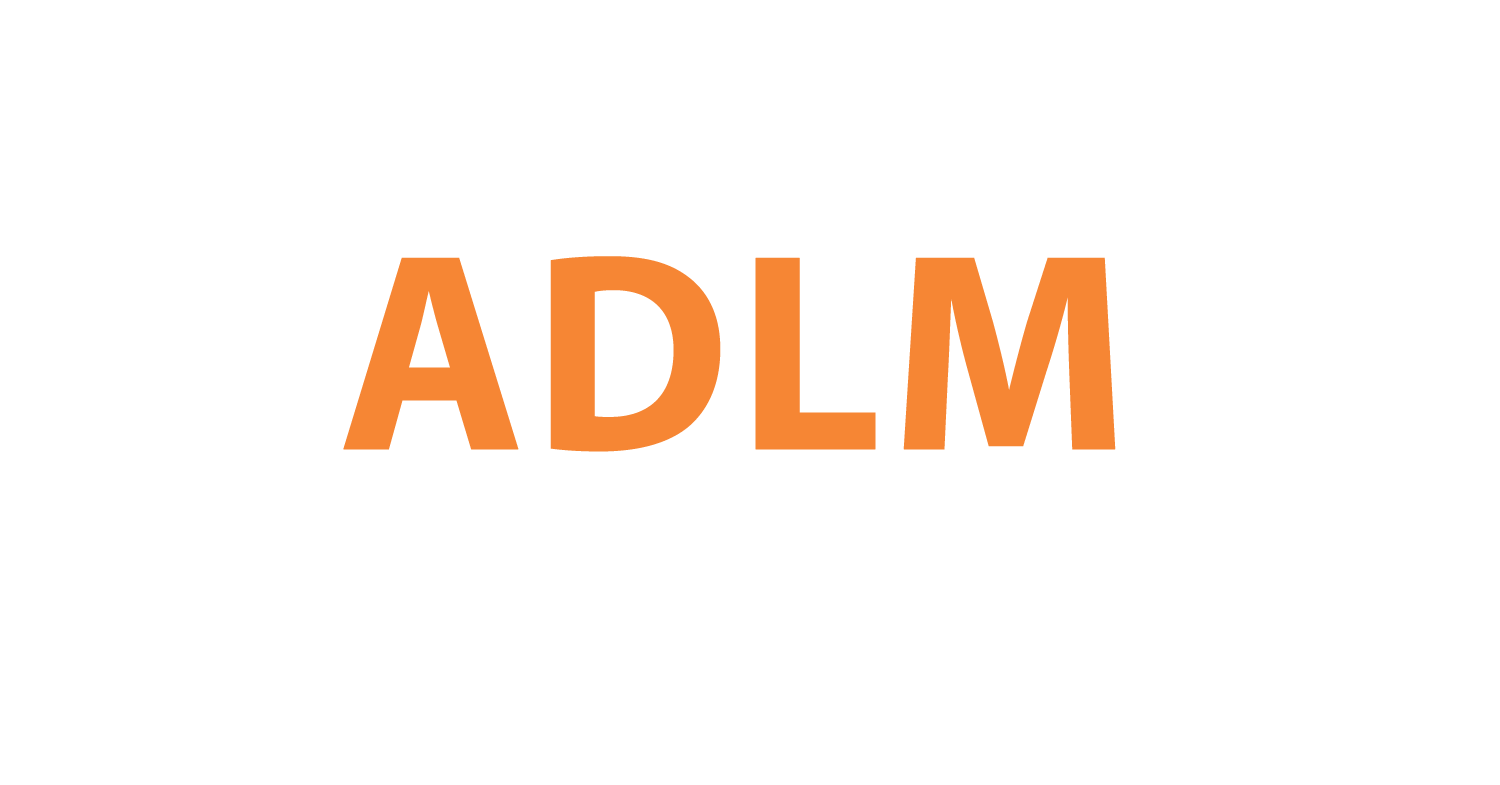10 Common Mistakes to Avoid When Collecting STI Specimens
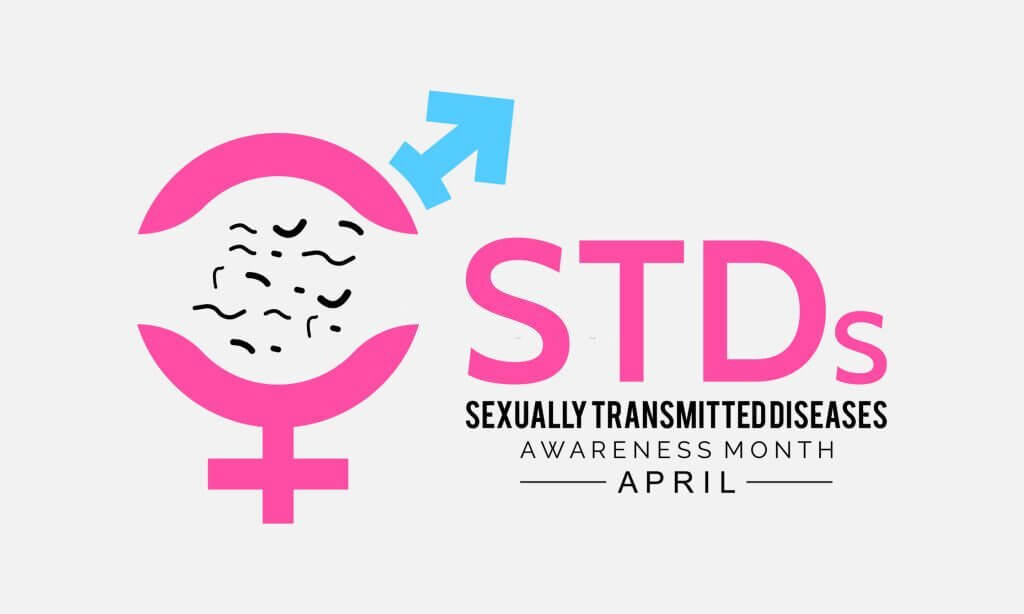
Sexually transmitted infections (STIs) remain a significant public health concern worldwide, and accurate diagnosis is essential for their effective management and prevention. The collection of appropriate specimens is a critical step in the diagnostic process, as errors during this stage can lead to inaccurate results and, consequently, improper treatment.
This article aims to provide an overview of the common mistakes to avoid when collecting STI specimens, emphasizing the importance of adhering to established guidelines and best practices. By understanding and avoiding these pitfalls, healthcare professionals can ensure that their patients receive accurate diagnoses and appropriate treatment, ultimately contributing to the broader goal of reducing the prevalence and impact of STIs in our communities.
1. Not using the proper transport media for each type of microorganism
The importance of using proper transport methods and temperature conditions for different microorganisms when collecting specimens for STI diagnosis:
-
Chlamydia: The specimen should be transported in sucrose phosphate transport media in cryo vials at 4°C.
-
N. gonorrhoeae: Ambient room temperature is recommended for transport. Nutritive media containing carbon dioxide (Transgrow/Jembec) or nonnutritive media (Stuarts/Amies) can be used.
-
Chlamydia and Mycoplasma: Plastic or metal shafts are preferred over flock-tipped swabs on wooden sticks for specimen collection.
-
Herpes: The specimen should be placed in 1 ml of viral transport medium and stored at 4°C until inoculation into tissue culture media. If storage is required for more than 48 hours, the sample should be frozen at -70°C.
-
Trichomonas vaginalis: Whittington/Kupferberg medium is used as the transport medium.
It is essential to follow these guidelines to ensure the viability and integrity of the specimens, as improper transport conditions or media can lead to compromised samples and inaccurate test results.
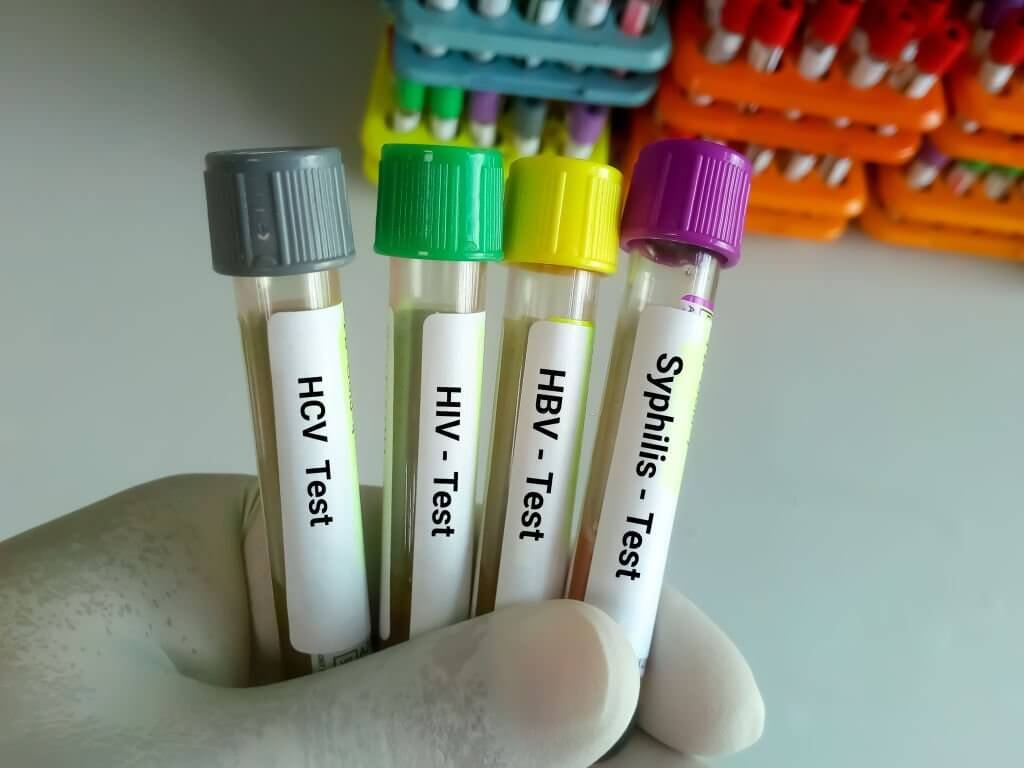
2. Cleaning the lesion with antiseptics or soaps
The reason for avoiding the use of antiseptics or soaps when cleaning the lesion during dark-field microscopy is that these substances can have antimicrobial properties that may kill the treponemes, the causative agent of syphilis (T. pallidum). Killing the treponemes in the specimen would lead to false-negative results, as the presence of live treponemes is necessary for accurate diagnosis using this technique. Instead, it is recommended to use only tap water or physiological saline (without antibacterial additives) to clean the lesion, ensuring that the treponemes remain viable for examination.
3. Attempting to collect cervical specimens in prepubertal girls
Attempting to collect cervical specimens in prepubertal girls is considered wrong because, in this age group, gonococci typically infect the vagina rather than the cervix. The anatomical and physiological differences in prepubertal girls make them more susceptible to gonococcal infections in the vagina. The cervix of prepubertal girls has a larger area of columnar epithelium that extends to the ectocervix, which makes it less likely to be the primary site of infection in this age group.
Therefore, collecting cervical specimens in prepubertal girls would likely yield false-negative results, as the infection may not be present at the cervix. Instead, it is recommended to collect specimens from the vagina in this age group to ensure accurate diagnosis and proper treatment of gonococcal infections.
4. Collecting a urethral swab less than 2 hours after urination
Collecting a urethral swab in men less than 2 hours after urination is considered wrong because urination can wash away or decrease the amount of exudates present in the urethra, which contain the causative agent of the infection (e.g., Neisseria gonorrhoeae for gonorrhea). Reduced exudates in the urethra can lead to inadequate sample collection and potential false-negative results, as there may not be enough bacteria present in the sample for accurate diagnosis.
Waiting at least 2 hours after urination before collecting a urethral swab ensures that there is a sufficient accumulation of exudates in the urethra. This increases the likelihood of obtaining an adequate sample containing the bacteria responsible for the infection, leading to a more accurate diagnosis and appropriate treatment.
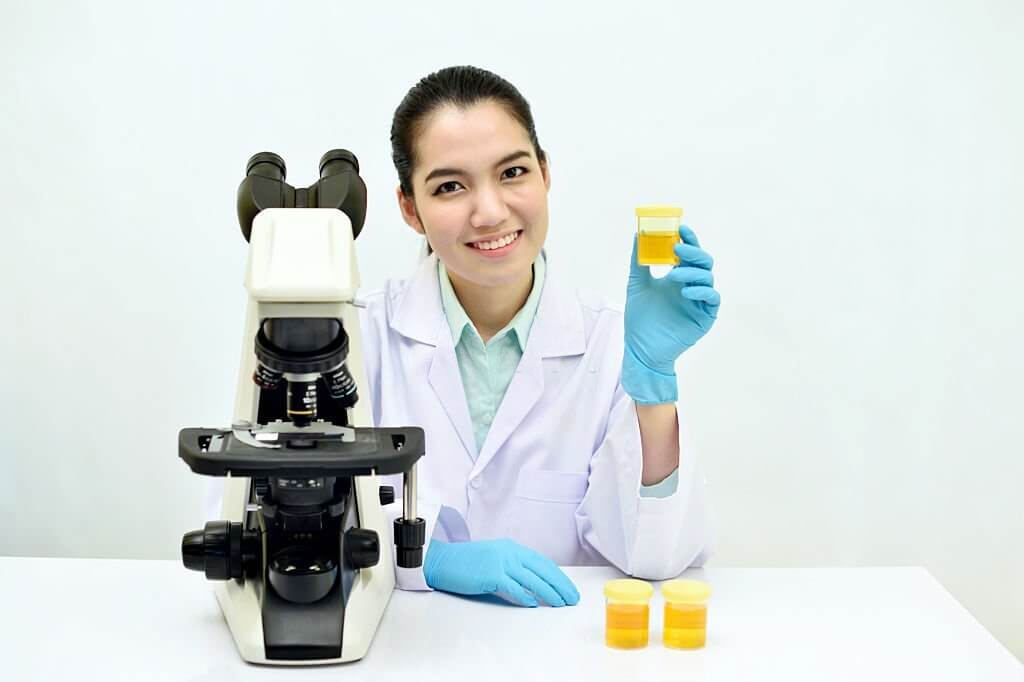
5. For chancroid, not collecting specimens from the proper locations
Collecting specimens from improper locations for chancroid diagnosis is considered wrong because it reduces the likelihood of obtaining a sample that contains the causative agent, Haemophilus ducreyi. This bacterium is typically present in higher concentrations at the undermined edge or base of the ulcer or within the aspirate of an intact bubo.
By not collecting samples from these specific locations, you may obtain a specimen with an insufficient concentration of the bacteria or one that doesn't contain the bacteria at all. This can lead to false-negative results or missed diagnoses, which can result in inappropriate treatment and a delay in resolution of the infection. Collecting specimens from the proper locations is essential to ensure accurate diagnosis and effective treatment for chancroid.
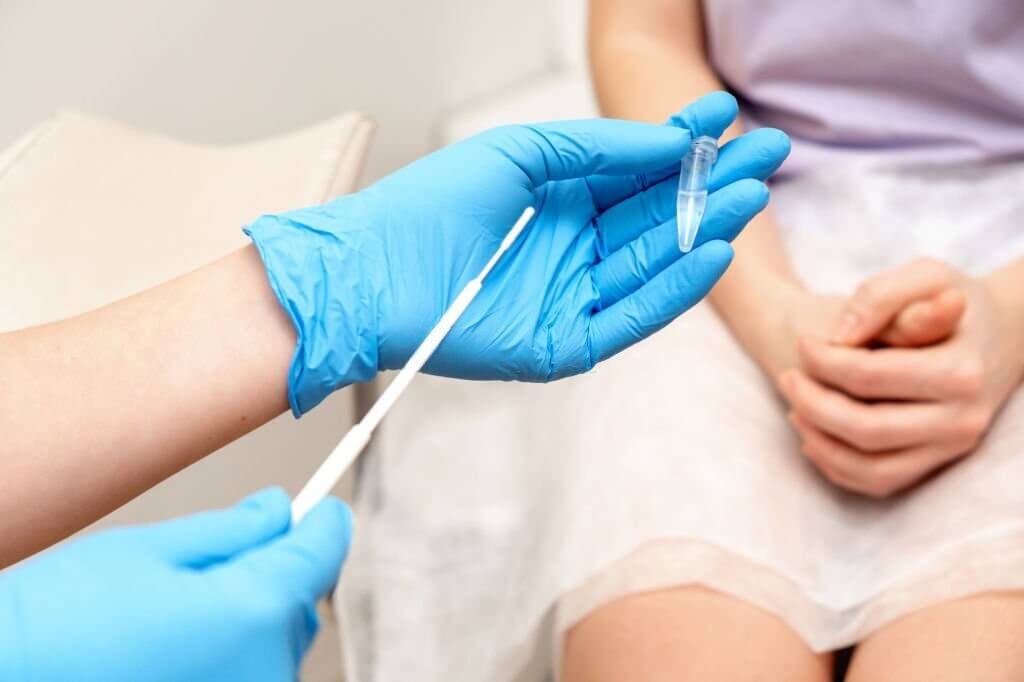
6. For genital herpes, not selecting the appropriate lesion for sampling
Selecting an inappropriate lesion for sampling in genital herpes diagnosis is considered wrong because it can reduce the likelihood of obtaining an accurate diagnosis. Genital herpes is caused by the herpes simplex virus (HSV), which is present in higher concentrations in fresh vesicles or ulcers.
If an older vesicle (>72 hours old) or an incorrect location is sampled, the concentration of the virus might be insufficient for detection, leading to false-negative results or missed diagnoses. Additionally, scraping the wrong location might lead to unnecessary discomfort for the patient.
Selecting the appropriate lesion for sampling is crucial for ensuring accurate diagnosis and effective treatment for genital herpes. By choosing a fresh vesicle or ulcer and scraping the correct location, healthcare professionals increase the chances of detecting the virus and providing the appropriate care for the patient.
7. For genital herpes, not using a saline-premoistened swab when collecting samples
A dry swab may not effectively collect the herpes simplex virus (HSV) from the sampled areas. Saline helps to improve the collection of viral particles and preserve their viability, which in turn increases the likelihood of detecting the virus in the laboratory.
When a dry swab is used, it might not collect an adequate amount of the virus, leading to false-negative results or missed diagnoses. This can result in a lack of appropriate treatment and a delay in resolution of the infection.
Using a saline-premoistened swab when collecting samples for culture ensures that a sufficient amount of the virus is collected and maintained, increasing the chances of accurate diagnosis and effective treatment for genital herpes.
8. For donovanosis, not using the right technique to prepare the specimen for staining
Not using the appropriate technique (Rajam and Rangiah method, Greenblatt and Barfield method, or impression smears) to prepare the specimen for staining in donovanosis diagnosis is considered wrong because each method has been developed and optimized to maximize the chances of detecting the causative organism, Klebsiella granulomatis (formerly known as Calymmatobacterium granulomatis).
Using an incorrect or non-optimized method to prepare the specimen may lead to poor sample quality, inadequate preservation of the bacteria, or improper visualization during microscopic examination. This can result in false-negative results or missed diagnoses, which may delay appropriate treatment and worsen the patient's condition.
9. Not mixing the specimen with the correct concentration
Mixing the specimen with the incorrect concentration of KOH (potassium hydroxide) for a KOH mount can be problematic because the proper concentration is necessary to dissolve the surrounding cellular material and debris, leaving only the microorganisms of interest intact for visualization. Using too low or too high a concentration of KOH may affect the clarity of the microscopic examination, making it difficult to identify the target microorganisms, such as fungi causing genital candidiasis. Therefore, it is essential to use the correct concentration of KOH (10-20%) to ensure accurate diagnosis and appropriate treatment.
10. For immunofluorescence, not properly fixing the specimen
Not properly fixing the specimen with acetone before staining in immunofluorescence is a mistake because the fixation process helps preserve the structure of the cells and the antigens within the sample. The acetone fixation method denatures proteins and dissolves lipids, allowing antibodies to access the antigens more easily during the staining process. If the specimen is not fixed properly, the antibodies may not bind efficiently to the target antigens, leading to weak or inaccurate staining results, ultimately affecting the quality and reliability of the diagnosis.
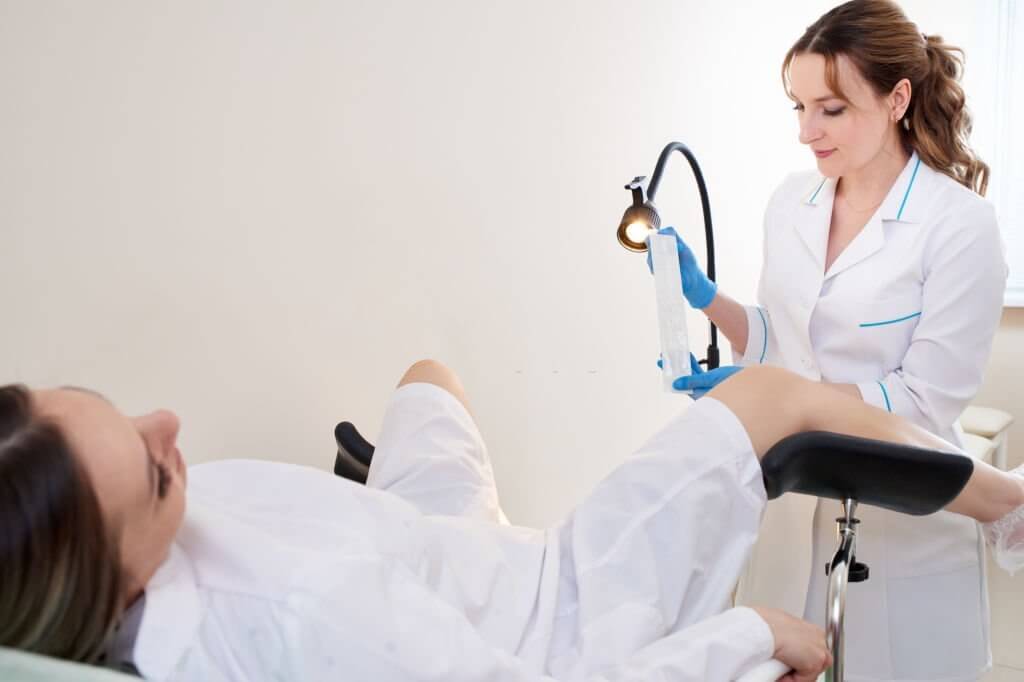
By diligently adhering to best practices and guidelines for specimen collection, healthcare professionals can ensure that patients receive accurate diagnoses and timely treatment. This not only leads to better health outcomes for individuals but also helps to prevent the spread of STIs within communities. As our understanding of STIs and diagnostic techniques continues to evolve, it is crucial for healthcare providers to stay informed about the latest guidelines and protocols to ensure the highest standard of care for their patients.
